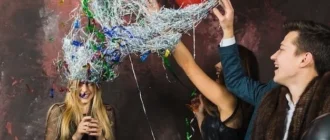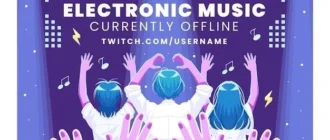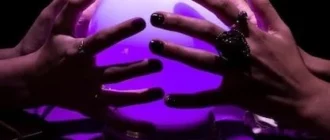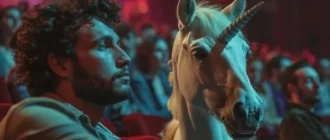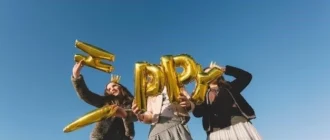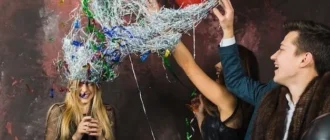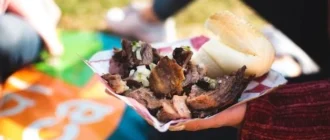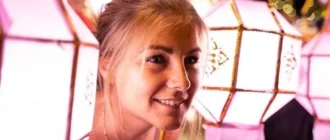Art for Everyone: Breaking Down Barriers
I’ve always loved art. As a child, I would spend hours doodling in my notebook, fascinated by the way that simple lines and shapes could come together to create something beautiful. But for a long time, I felt like art was something that was meant for other people. I wasn’t “talented” enough, I didn’t have the right training, and I didn’t know where to even begin.
It wasn’t until I started exploring art on my own terms that I realized how wrong I was. I started visiting museums and galleries, attending workshops, and experimenting with different mediums. And slowly but surely, I began to break down the barriers that I had built up in my own mind.
Challenging the Myths of Accessibility
One of the biggest obstacles to making art more accessible is the misconception that it’s only for a select few. We often hear about the Picassos and Van Goghs of the world, but what about the everyday artists who are creating amazing work in their own communities?
Here’s the truth: you don’t need to be a prodigy or a millionaire to enjoy and create art. Here are a few ways we can challenge the myths of exclusivity:
- Ditch the “Starving Artist” Mentality: Let’s face it, the idea that artists can’t be financially successful is outdated and frankly, harmful. While it’s true that art careers can be challenging, it’s important to remember that artists deserve to be paid fairly for their work, just like anyone else.
- Support Local Artists: I recently went to a local craft fair and was blown away by the talent! I bought a beautiful hand-painted silk scarf directly from the artist. Supporting artists directly puts money in their pockets and helps foster a sense of community.
- Recognize Diverse Forms of Art: Art isn’t just paintings in fancy galleries. It’s everywhere! Think street art, textiles, graphic novels, culinary arts—the possibilities are endless.
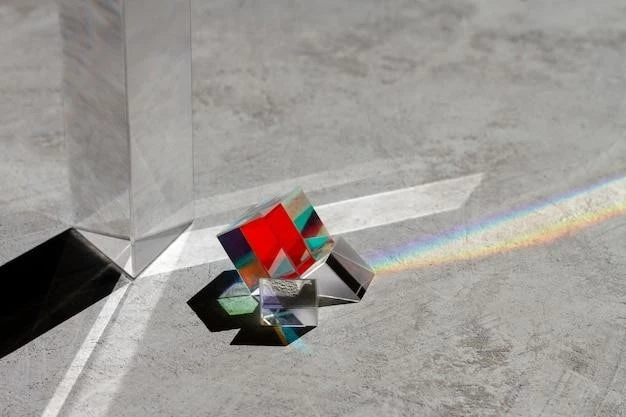
My Journey with Inclusive Art Spaces
I used to feel intimidated by traditional art spaces; The hushed whispers, the roped-off masterpieces, and the general air of exclusivity made me feel like I didn’t belong. Thankfully, things are changing.
I recently visited a museum that offered audio descriptions for their visually impaired visitors. It was a game-changer! Not only did it make the art more accessible, but it also deepened my own understanding and appreciation.
Here are a few more ways I’ve experienced (and appreciated) the shift toward inclusivity in the art world:
- Museums are offering sensory-friendly hours: These designated times provide a quieter, less overwhelming environment for individuals with autism or sensory sensitivities, allowing them to enjoy the art at their own pace.
- Interactive exhibits are becoming more common: These exhibits encourage visitors to touch, explore, and even create art themselves, making the experience more engaging and accessible for people of all ages and abilities.
- Digital technology is breaking down barriers: Online galleries and virtual museum tours are making art more accessible to people in remote areas or those with mobility issues. I recently took a virtual tour of the Louvre and was amazed by the level of detail and interactivity.
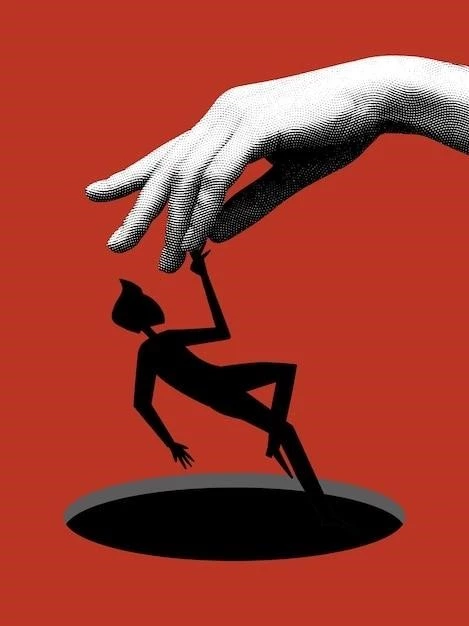
Empowering the Next Generation of Artists
We need to make sure that everyone has the opportunity to explore their creativity, regardless of their background or ability.
Here are some ways we can nurture creativity in young minds:
- Provide art supplies to underfunded schools: Every child deserves access to art materials. Donating supplies or volunteering time to teach art classes can make a huge difference.
- Encourage open-ended art activities: Instead of focusing on creating a “perfect” product, let children experiment, explore, and express themselves freely.
- Expose children to a variety of art forms: Take them to museums, art festivals, concerts, and plays. You never know what might spark their imagination!
Art Connects Us All
Art has the power to transcend boundaries and connect us on a deeper level. It’s a universal language that can be understood and appreciated by everyone, regardless of their background, ability, or experience. By breaking down the barriers that prevent people from accessing and participating in the art world, we can create a richer, more vibrant, and more inclusive society for all.


